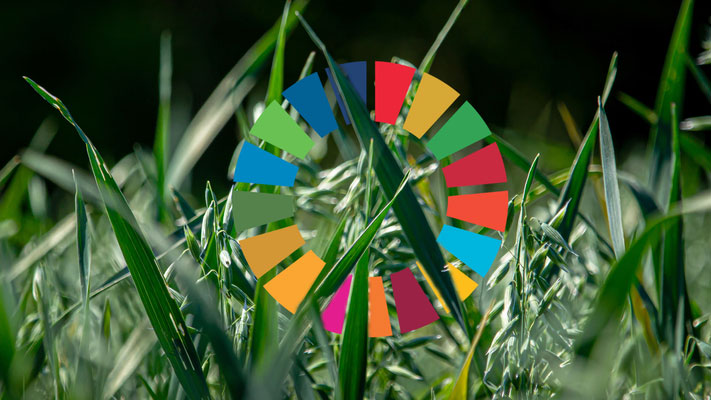We are near the end of the first year of the Decade of Action for the Sustainable Development Goals — achieving the SDGs is envisaged for the year 2030. These were adopted by all member states of the United Nations in September 2015 and form a set of ambitious objectives across the three dimensions of sustainable development — economic development, social inclusion and environmental sustainability. But Covid-19 is a setback for sustainable development everywhere given increased poverty rates and unemployment following its outbreak. While there can be no sustainable development while the pandemic is raging, will we find ourselves in a sustainable world if the SDGs are somehow achieved as envisaged in 2030?
The assessment of sustainable development is based on social, economic, and environmental indicators. Such a model describes sustainability as comprising three equal parts. This evolved from the Brundtland Report’s definition (Our Common Future, 1987) of sustainability — ‘development that meets the needs of the present without compromising the ability of future generations to meet their own needs’. This emphasizes sustainability as three dimensional: environmental, social, and economic, allowing trade-offs between the dimensions during decision-making.
On several occasions, it has become evident that this approach to sustainability assessment does not provide an accurate evaluation of sustainability systems. At the global and on a regional scale, sustainability is largely determined by the condition of the environment. Yet, countries the world over, irrespective of their national circumstances, are prioritizing SDGs from the social and economic dimensions, also referred to as ‘people goals’ and ‘prosperity goals’, over ‘planet goals’. The only exceptions seem to be the least developed countries, those who depend to a greater extent on ecosystem goods and services, the so-called GDP of the poor. But these are also the countries that are either stagnating or sliding back on social and economic dimensions. Being strong on one set of goals does not fully substitute for being weak on another set of goals. While progress will have to be made on all three dimensions, priorities will have to be set. Prioritization should be based on the limiting factors imposed by the physical world on the living world, and by the living world on the built world — the human system comprising the social and economic systems. The human system must stay within the capacity of the ecosystem, for the system to be sustainable. Similarly, the economy must remain within the capacity of the social system. In the absence of environmental sustainability, gains in other dimensions will prove ephemeral.
Although the UN member states invested considerable diplomatic time and organizational effort to define a set of comprehensive metrics for the SDGs, these are essentially indicators which the states were able to agree on. These are not necessarily the most appropriate indicators. Even these, assessed in isolation, lead to trade-offs between the dimensions during decision-making, as is happening globally. Using these metrics, periodic assessments might show improvement, but even top performers might have a long way to go. For example, Finland, Sweden and Denmark are the current toppers on the SDG Index, but they score 85.9, 85.6 and 84.9 respectively — significantly below the maximum score of 100. While these are high income countries with low population density, their environmental practices are unsustainable. For the top two, there is no forward movement on the planet goals. These countries prioritize people and prosperity goals over planet goals by as much as nearly 4 and 4.5 times respectively. Imagine the consequences of such prioritization by the three most populous countries that account for over 40 per cent of the global population.
The predominant sustainability model which equates the three dimensions is flawed. The visualization of sustainability as three equal pillars needs to be replaced by a set of concentric rings — the outermost, representing the physical world comprising elements and processes such as water and rainfall followed by the living world with living beings and life processes. The social world comes next, and finally the economic world. Show me private investments pouring into contemporary Afghanistan or Syria and life processes outside planet Earth, and I will be willing to change my opinion.
Anamitra Anurag Danda is an environmentalist currently serving as Director, Sundarbans Programme, WWF-India and is a Senior Visiting Fellow, ORF










